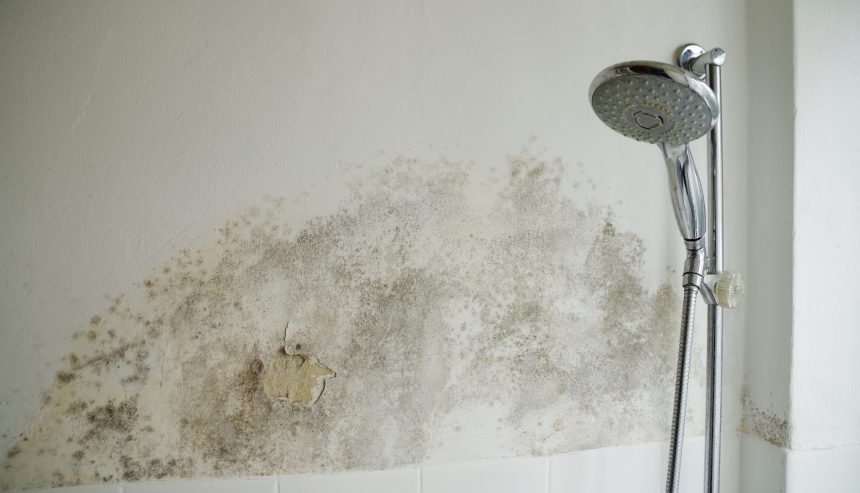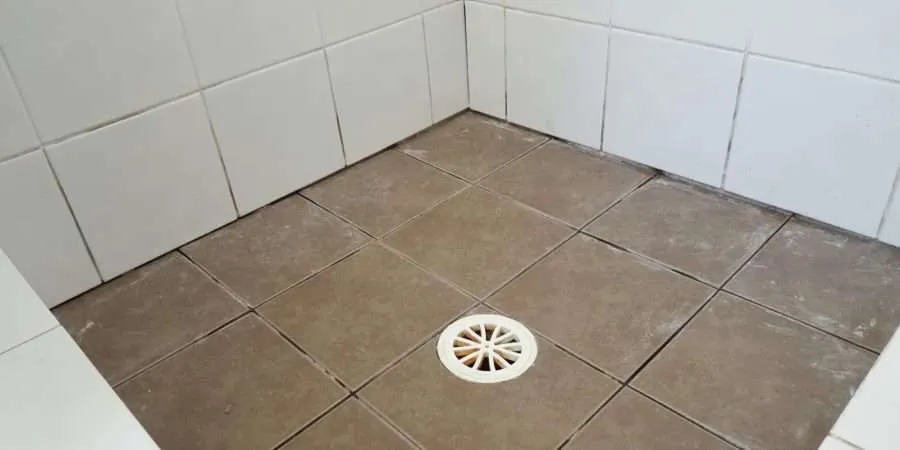Ways to Fix a Water-Damaged Wall in the Bathroom
Ways to Fix a Water-Damaged Wall in the Bathroom
Blog Article
What're your thoughts regarding Looking for Signs of Water Damage in the Bathroom?

The washroom is extremely vulnerable for damp buildup and also possible water damages due to the frequent use of water in it. This post uses straightforward inspection techniques to assist finding water damages threats.
The frequent use of water in the washroom makes it very at risk for wet buildup and potential water damage. By inspecting it on a regular basis, you can minimize water relevant problems.
The adhering to collection of assessments is simple to do as well as must be done when in every three months in order to keep your bathroom in good shape and to prevent potential water damages caused by the bath tub, the shower, pipe joints as well as plumbing, sinks, cupboards, and the toilet
Do not overlook carrying out these evaluations and be extensive while doing them. Keep in mind that these simple assessments can conserve you a great deal of cash by supplying very early indicators for water damage
Sinks and Cabinets
Sinks and cabinets are revealed to dampness and also moisture everyday as well as are commonly ignored. Check frequently under the sink and on the countertop over it. Fix any type of drip in the trap as it may suggest drainpipe troubles. Check out the sink, sluggish draining pipes might show a blocked drain. Replace sink seals if they are cracked or loosened.
Bath tub and Shower
The shower and bath tub need special attention and upkeep. Inspect the ceramic tiles and change if split. Ensure that there is no missing cement in between the tiles. Evaluate and also replace cracked caulking at joints where the wall surfaces satisfy the floor or the bathtub. Obstructed drains and pipelines issues will protect against the tub from drying and also may indicate severe issues beneath the bath tub. Speak with a professional promptly to avoid structural damages. Take note of discolorations or soft locations around the tub walls as they may show an interior leak.
Plumbing
Signs for water damages are hard to identify because most pipes are mounted inside the wall surfaces.
Pay special interest to flooring and also wall surfaces wetness and also stains as they might show an unnoticeable plumbing issue. Check wetness degrees in adjacent rooms too.
The Toilet
The toilet is an at risk water junction. Inspect the water lines and also search for leaks around the commode seat, in the hose, as well as under the water container. If you detect any type of indications of dampness on the floor around the bathroom, look for leaks in the toilet rim as well as container seals.
Be aware that hanging bathroom dish antiperspirants increases the chances for blockages.
10 TIPS TO PREVENT WATER DAMAGE IN THE BATHROOM
The average household uses approximately 80-100 gallons of water per person per day. For a family of 4, that's almost 2,500 gallons of water a week! The largest portion of this consumption comes from bathroom use. Flushing the toilet uses the most water, followed by taking a shower or bath. With that much water running through the home, water damage in the bathroom is bound to happen. Knowing how to spot signs of a water leak is essential to preventing long-term damage. This guide provides you with tips to reduce the impact of water damage on your bathroom.
CAUSES OF BATHROOM WATER DAMAGE
Pipe breaks are the most common cause of water damage we see in our daily jobs. The age of a pipe plays a large role in a pipe break as well as corrosion. Over time, the metal begins to break down, allowing water to escape. Frozen pipe breaks are also a concern in the winter months. Toilet overflows caused by paper products or children flushing inappropriate items. Degraded caulking around the toilet or bathtub can allow water seepage, sometimes behind the fixture, into the subfloor or walls. Condensation forms when the water in a pipe is cooler than the air temperature. Beads of water form on the exterior of the pipes, sometimes so much so that the water begins to drip and pool below. Sink or shower backups created by poor drainage. HOW TO PREVENT WATER DAMAGE IN YOUR BATHROOM
Inspect your toilet supply line for worn or frayed hoses and replace them as needed. Winterize your plumbing to prevent a frozen pipe break. Use vent fans to prevent condensation that can lead to mold growth. Routinely check and replace degraded caulking around your toilet or bathtub. Increase the temperature in your toilet tank and insulate your pipes during the warm summer months to keep condensation from forming. Use child safety locks on the toilets. Flush only toilet paper. "Flushable" wet wipes are actually not good for your plumbing system. Additionally, feminine hygiene products should not be flushed. Prevent water from escaping the tub or shower. Make sure shower curtains are in good condition. Inspect shower doors and replace the seal strip if necessary. Wipe up any water that accumulates on the floor and use bath mats. Water left to sit can cause damage to the tiles and flooring. Refrain from using bath products containing heavy oils to avoid a clogged drain.

I discovered that post on Common Causes of Water Damage in a Bathroom when doing a lookup on the internet. Loved our article? Please share it. Help other people find it. Thanks so much for going through it.
Recurring Service Plans Report this page